What is Afforestation?
- August 21, 2024
- 0 comment
Afforestation refers to the process of planting trees in areas where there was no previous tree cover or forests. Unlike reforestation, which involves restoring forests in areas where they were once present, afforestation aims to establish new forests in regions that have not historically been forested. This practice plays a crucial role in combating environmental challenges such as climate change, desertification, and biodiversity loss.

Afforestation practices can be traced back to ancient civilizations that recognized the value of trees and forests. For example, in ancient China, the practice of planting trees was encouraged to prevent soil erosion and improve agricultural productivity. In more recent history, afforestation gained prominence during the 20th century as governments and environmental organizations around the world recognized the need to address deforestation and its associated problems. Today, afforestation is a key component of global environmental strategies aimed at mitigating climate change and promoting sustainable land use.
Table of Content
- The Importance of Afforestation
- Afforestation vs. Reforestation
- Methods and Techniques in Afforestation
- Challenges in Afforestation
- The Future of Afforestation
- FAQs
The Importance of Afforestation
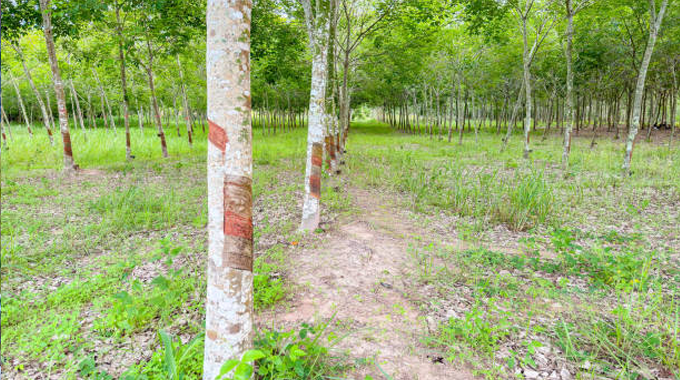
Environmental Benefits
Afforestation offers significant environmental benefits, particularly in the context of carbon sequestration. Trees absorb carbon dioxide from the atmosphere, storing it in their biomass and soil, which helps mitigate the effects of climate change. Additionally, afforestation reduces soil erosion by stabilizing the soil with tree roots, thereby preventing the loss of fertile land. It also enhances biodiversity by providing habitats for various plant and animal species, contributing to the overall health of ecosystems.
Economic Benefits
Beyond its environmental impact, afforestation contributes to economic development. The establishment of new forests can lead to the production of timber and other forest products, providing raw materials for industries and creating jobs in rural areas. Afforestation projects can also attract investments and promote sustainable development, particularly in regions where land degradation and desertification pose significant challenges to economic growth.
Social and Cultural Benefits
Afforestation plays an essential role in improving the well-being of local communities. By restoring degraded lands and creating new forests, afforestation can enhance the quality of life for people living in these areas. Forests provide resources such as food, medicine, and fuel, and they often hold cultural and spiritual significance for indigenous and local communities. In this way, afforestation helps preserve cultural heritage and strengthen the connection between people and nature.
Afforestation vs. Reforestation
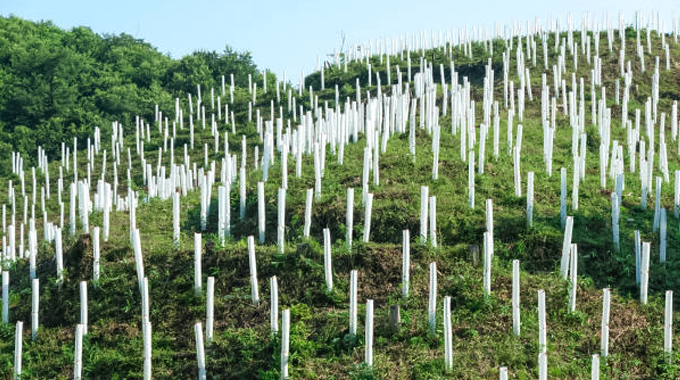
Understanding the Difference
While afforestation and reforestation are both focused on increasing tree cover, they differ in their objectives and approaches. Afforestation involves planting trees in areas where there were no previous forests, often on degraded or barren land. Reforestation, on the other hand, aims to restore forests in areas where they were previously present but have been lost due to deforestation, natural disasters, or other factors. Both practices are vital for environmental conservation, but they are applied in different contexts.
Examples of Each Practice
A well-known example of afforestation is China’s “Great Green Wall” project, which aims to plant trees along the edge of the Gobi Desert to combat desertification and improve the environment. This project involves establishing new forests in areas that were previously barren. In contrast, reforestation efforts can be seen in regions like the Amazon Rainforest, where organizations are working to restore areas that have been cleared for agriculture or logging.
Methods and Techniques in Afforestation
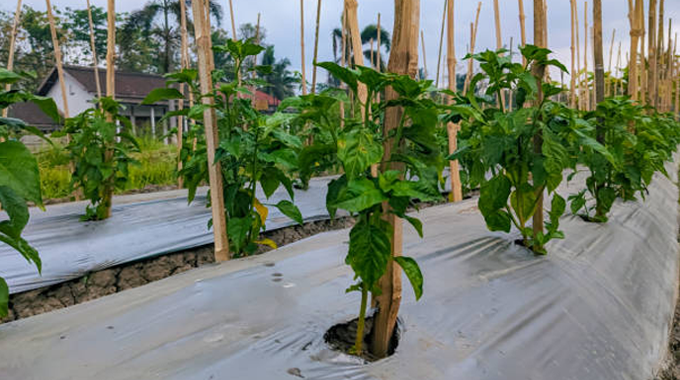
Site Selection and Preparation
The success of an afforestation project depends on careful site selection and preparation. Suitable land for afforestation should have the right soil type, climate, and topography to support tree growth. Before planting, the land must be cleared of debris, and the soil may need to be treated or enriched to promote healthy tree development. Proper site preparation is essential to ensure the long-term viability of the new forest.
Species Selection
Choosing the right tree species is crucial for afforestation success. The selected species should be well-suited to the local climate, soil conditions, and intended purpose of the forest. For example, fast-growing species may be chosen for timber production, while native species may be prioritized for biodiversity conservation. In some cases, a mix of species may be planted to create a more resilient and diverse forest ecosystem.
Planting Techniques
Various planting techniques can be used in afforestation, depending on the project’s goals and local conditions. These techniques include direct seeding, planting seedlings, or using cuttings. The spacing and depth of planting are also important considerations, as they affect the trees’ growth and overall forest structure. Proper care, such as watering, mulching, and protection from pests, is essential during the early stages of tree growth.
Challenges in Afforestation
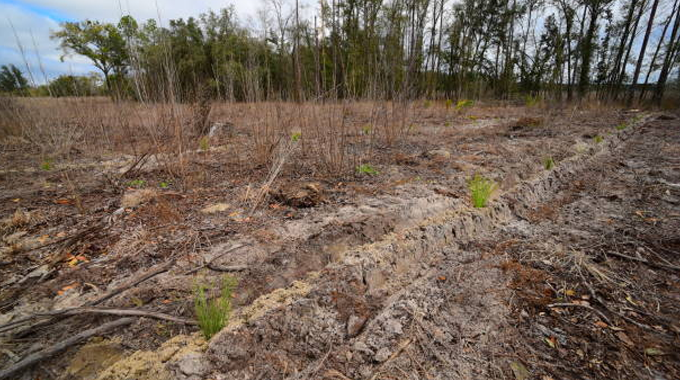
Environmental Challenges
Afforestation projects often face environmental challenges, such as poor soil quality, harsh climate conditions, and limited water availability. These factors can hinder tree growth and reduce the chances of successful forest establishment. Addressing these challenges requires careful planning and the use of appropriate techniques and technologies.
Social and Economic Challenges
Land ownership and access rights can pose significant challenges to afforestation efforts. In some cases, afforestation projects may conflict with the interests of local communities or landowners, leading to resistance or disputes. Additionally, securing funding and resources for large-scale afforestation projects can be difficult, especially in developing countries where financial constraints are common.
Technical Challenges
Technical challenges in afforestation include ensuring high tree survival rates, managing pests and diseases, and maintaining the forest over the long term. Monitoring and adaptive management are crucial to overcoming these challenges and ensuring the sustainability of afforestation efforts.
The Future of Afforestation

Innovations in Afforestation
The future of afforestation is likely to be shaped by new technologies and methods. Innovations such as drone-based tree planting, genetic modification of tree species, and advanced monitoring systems are being developed to enhance the efficiency and success of afforestation projects. These innovations have the potential to scale up afforestation efforts and address some of the challenges faced in the past.
Afforestation and Climate Change Mitigation
Afforestation is increasingly recognized as a critical tool in the fight against climate change. By capturing carbon dioxide from the atmosphere, new forests can help reduce global greenhouse gas levels and mitigate the effects of climate change. As countries and organizations commit to achieving net-zero emissions, afforestation is likely to play a more prominent role in global climate strategies.
Global Initiatives and Policies
Governments and international organizations are increasingly supporting afforestation through policies, funding, and global initiatives. Programs such as the United Nations’ REDD+ (Reducing Emissions from Deforestation and Forest Degradation) and the Bonn Challenge, which aims to restore 350 million hectares of degraded land by 2030, are examples of global efforts to promote afforestation and reforestation.
Frequently Asked Questions (FAQs)
1. What is afforestation?
Afforestation is the process of planting trees in an area where there were no previous forests. It involves creating new forests on lands that were not historically forested, helping to restore the environment and improve ecosystem health.
2. How is afforestation different from reforestation?
Afforestation refers to planting trees in areas where there were no prior forests, while reforestation involves replanting trees in areas that were once forested but have been lost due to deforestation, natural disasters, or other reasons.
3. Why is afforestation important?
Afforestation is crucial for environmental conservation, as it helps in carbon sequestration, reduces soil erosion, enhances biodiversity, and contributes to the economy through timber production and job creation. It also has social and cultural benefits by improving local communities and preserving cultural heritage.
4. What are the main benefits of afforestation?
The primary benefits include environmental protection (carbon sequestration, soil stabilization, biodiversity), economic development (timber production, job creation), and social-cultural enhancement (improved quality of life, preservation of cultural sites).
5. What are some common methods used in afforestation?
Afforestation methods include site selection and preparation, choosing appropriate tree species, and planting techniques such as direct seeding, planting seedlings, or using cuttings. Proper care, including watering, mulching, and pest management, is also essential.
6. What challenges are associated with afforestation?
Afforestation faces challenges such as poor soil quality, harsh climate conditions, limited water availability, land ownership conflicts, funding issues, and technical difficulties like ensuring high tree survival rates and long-term maintenance.
7. Can afforestation help combat climate change?
Yes, afforestation plays a significant role in climate change mitigation by capturing carbon dioxide from the atmosphere, which helps reduce global greenhouse gas levels and mitigate the impacts of climate change.
8. Are there any successful examples of afforestation projects?
Successful afforestation projects include China’s “Great Green Wall” to combat desertification and India’s Green India Mission, which aims to increase forest cover and restore degraded ecosystems. Ethiopia’s record-breaking tree-planting initiative is another notable example.
9. What is the future of afforestation?
The future of afforestation involves innovations like drone-based tree planting, genetic modification of tree species, and advanced monitoring systems. Global initiatives and policies, such as the United Nations’ REDD+ program and the Bonn Challenge, are also likely to play a key role in promoting afforestation.
10. How can I get involved in afforestation efforts?
Individuals can get involved by participating in local tree-planting initiatives, supporting organizations dedicated to afforestation, or advocating for policies that promote afforestation and sustainable land use.

Gilbert Griffin
Forestry AuthorGilbert Griffin is a forest management expert specializing in sustainable practices, forest health, conservation, and land management. With extensive knowledge in pest control, disease management, and habitat restoration, Gilbert develops strategies to preserve forest ecosystems and biodiversity. Passionate about the natural world, Gilbert adapts to changes in forest management and stays updated through continuous learning. Gilbert also provides seasonal advice to optimize forest care throughout the year.

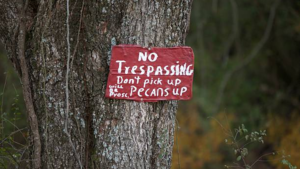

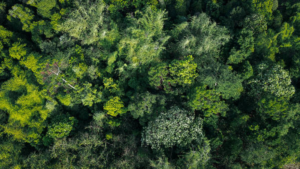
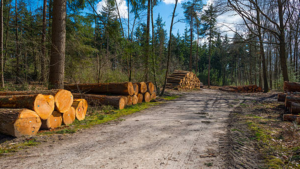
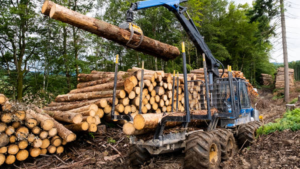
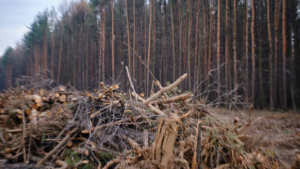
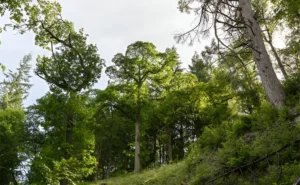
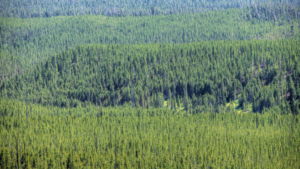
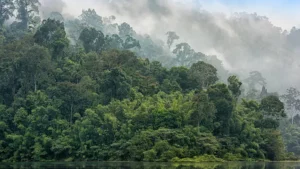
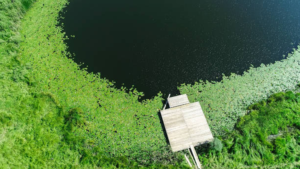
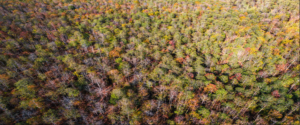

Leave your comment